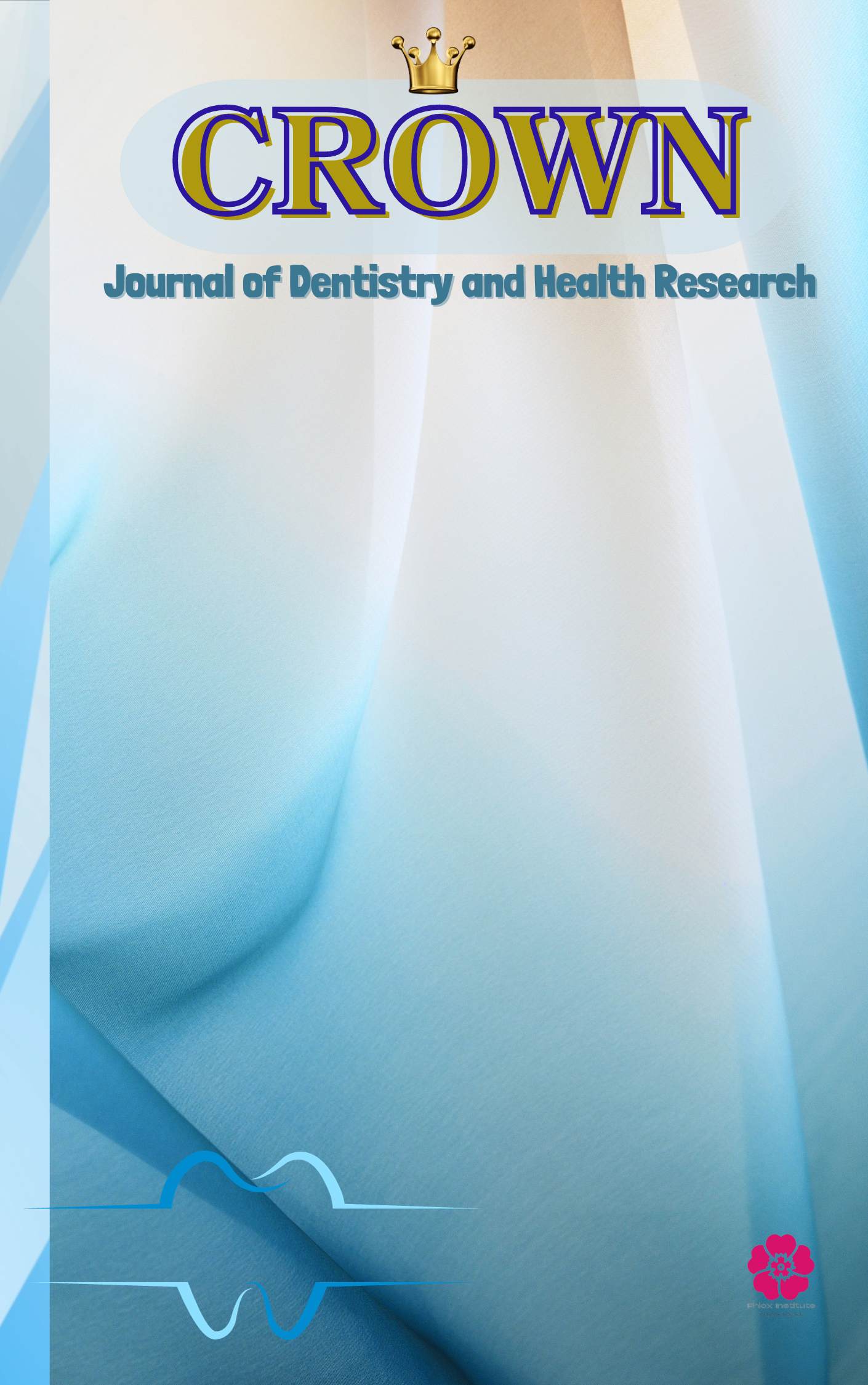Main Article Content
Abstract
Introduction: The syndemic of stunting and Early Childhood Caries (ECC) constitutes a major public health crisis in developing nations. While an association is established, the specific biological mechanisms remain poorly quantified. This study aimed to longitudinally determine the direct and indirect effects of early childhood stunting on caries increment, testing the mediating roles of enamel hypoplasia and salivary immunity after controlling for key confounders.
Methods: We conducted a 3-year prospective cohort study of 542 two-year-old children in West Java, Indonesia. Stunting at baseline was defined as a height-for-age Z-score (HAZ) < -2 SD. The primary outcome was the 3-year increment in decayed, missing, and filled primary tooth surfaces (Δdmfs). Putative mediators—enamel hypoplasia and salivary secretory immunoglobulin A (s-IgA) and lactoferrin—were assessed. Longitudinal mixed-effects models and structural equation modeling (SEM) were used to analyze the pathways, adjusting for socio-demographic factors and fluoride exposure.
Results: At baseline, 31.4% of children were stunted. After adjusting for confounders including fluoride exposure, stunting remained a powerful predictor of accelerated caries increment (an additional 1.95 surfaces/year; p<0.001). SEM analysis revealed the total effect of stunting on Δdmfs was substantial (Standardized β=0.45, p<0.001). This effect was significantly mediated by enamel hypoplasia (indirect effect β=0.17, accounting for 37.8% of total effect) and suppressed salivary s-IgA levels (indirect effect β=0.10, accounting for 22.2% of total effect). The direct effect of stunting, independent of these mediators, remained significant (β=0.18, p<0.001).
Conclusion: Stunting in early life is a critical determinant of a high future caries burden, an effect that persists even after accounting for fluoride exposure. This relationship is substantially driven by two major biological pathways: compromised tooth structure (enamel hypoplasia) and impaired oral mucosal immunity (suppressed s-IgA). Public health strategies must integrate nutritional support within the first 1,000 days of life with oral health promotion to disrupt these pathways and combat the dual burden of stunting and ECC.

